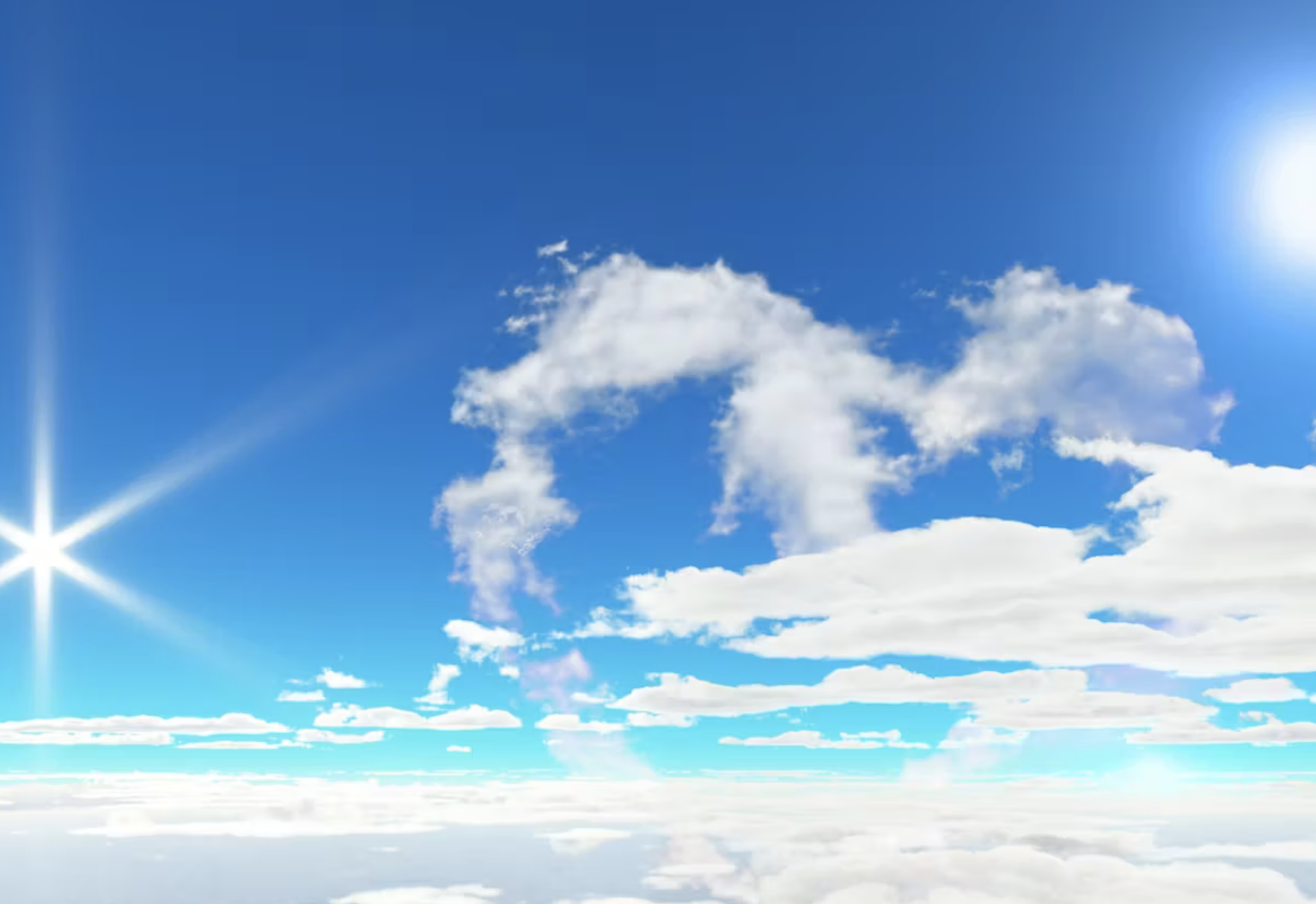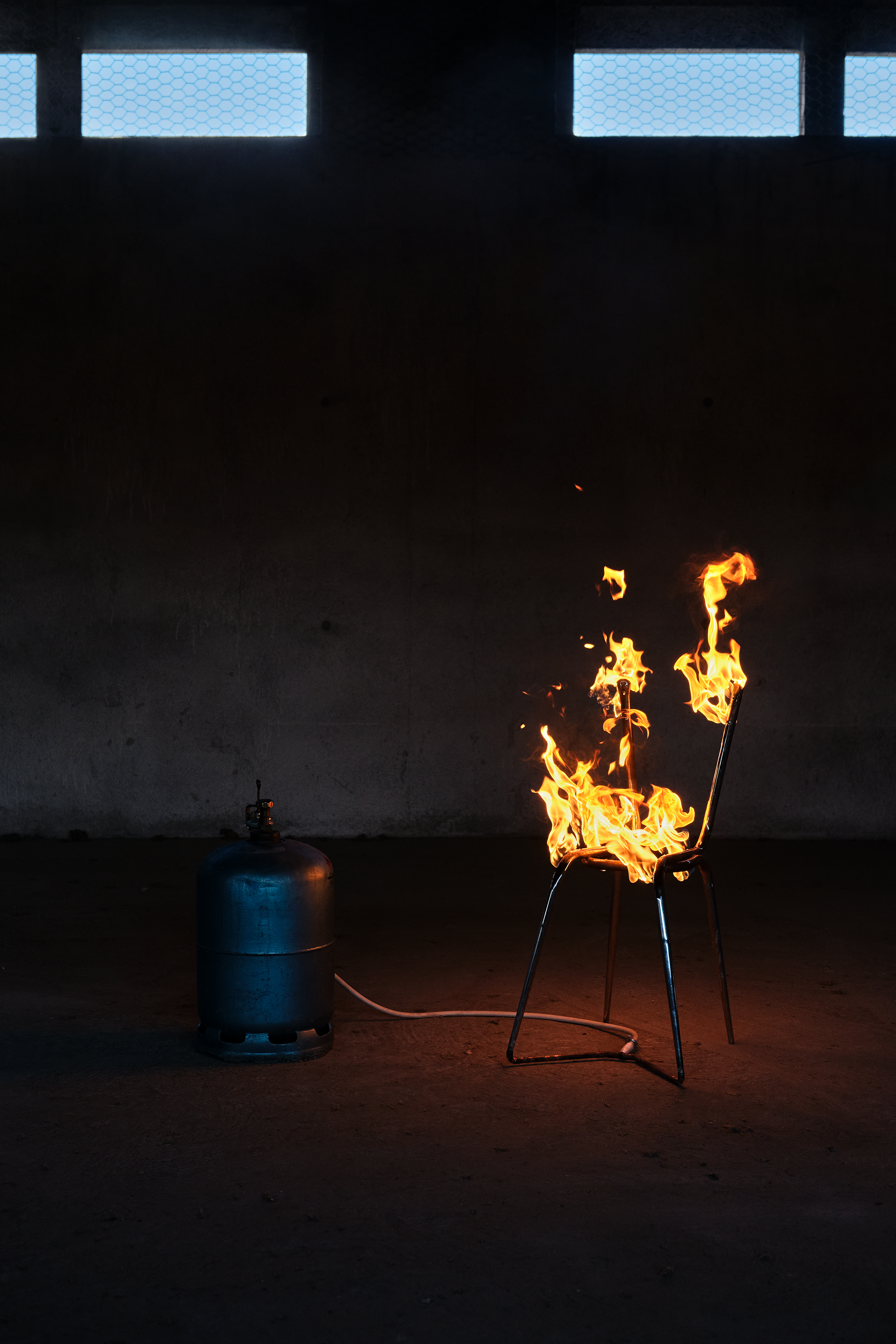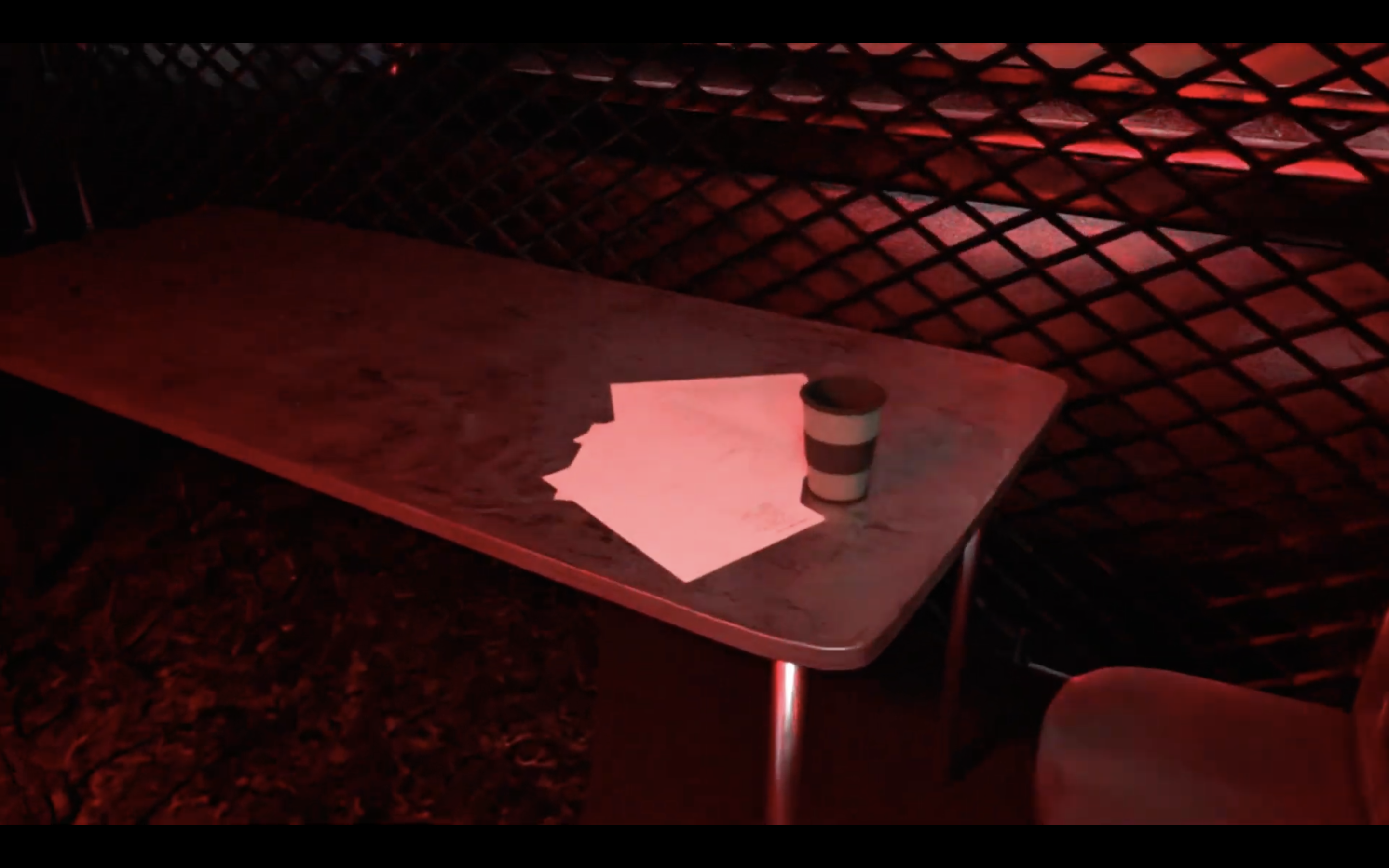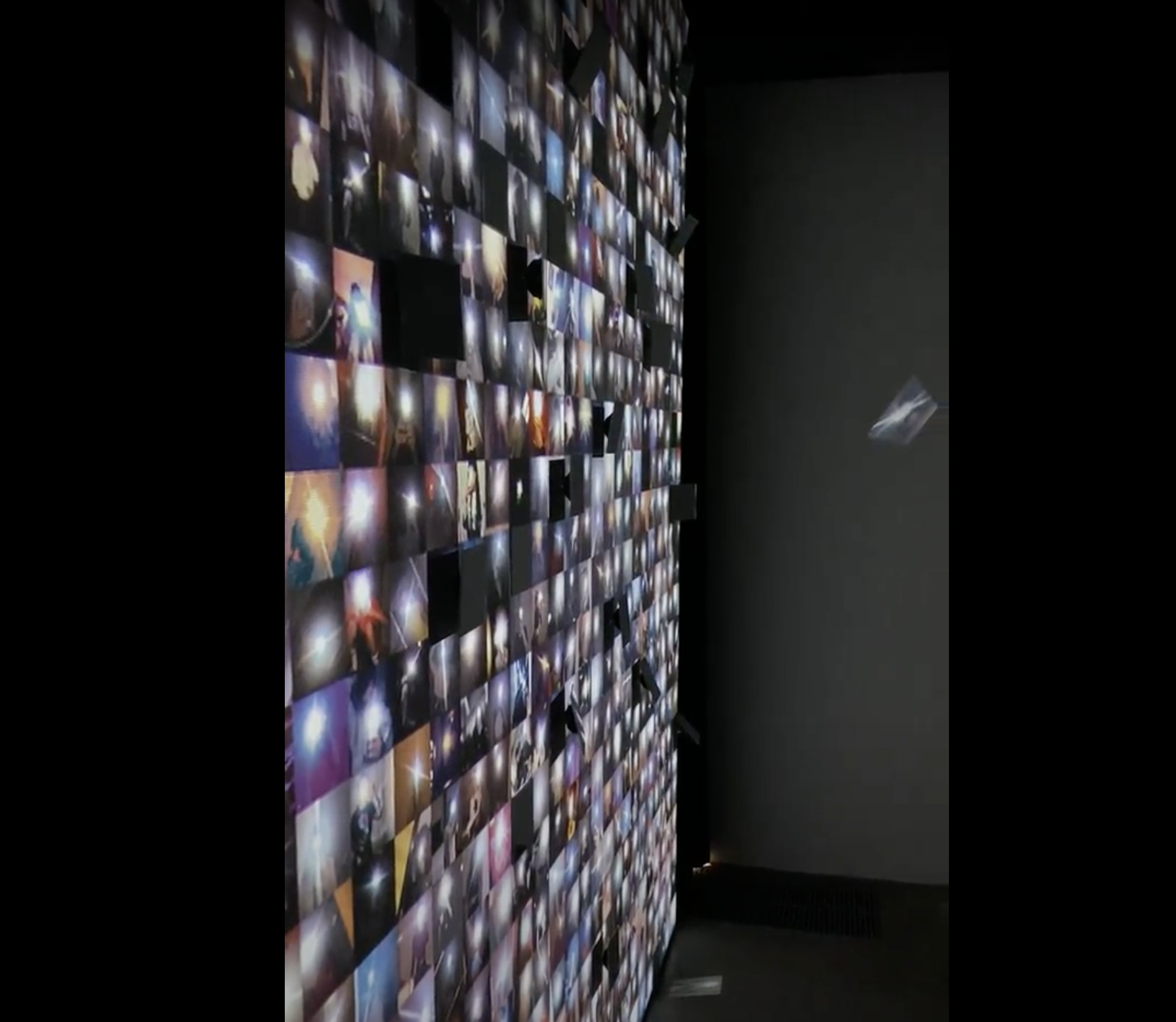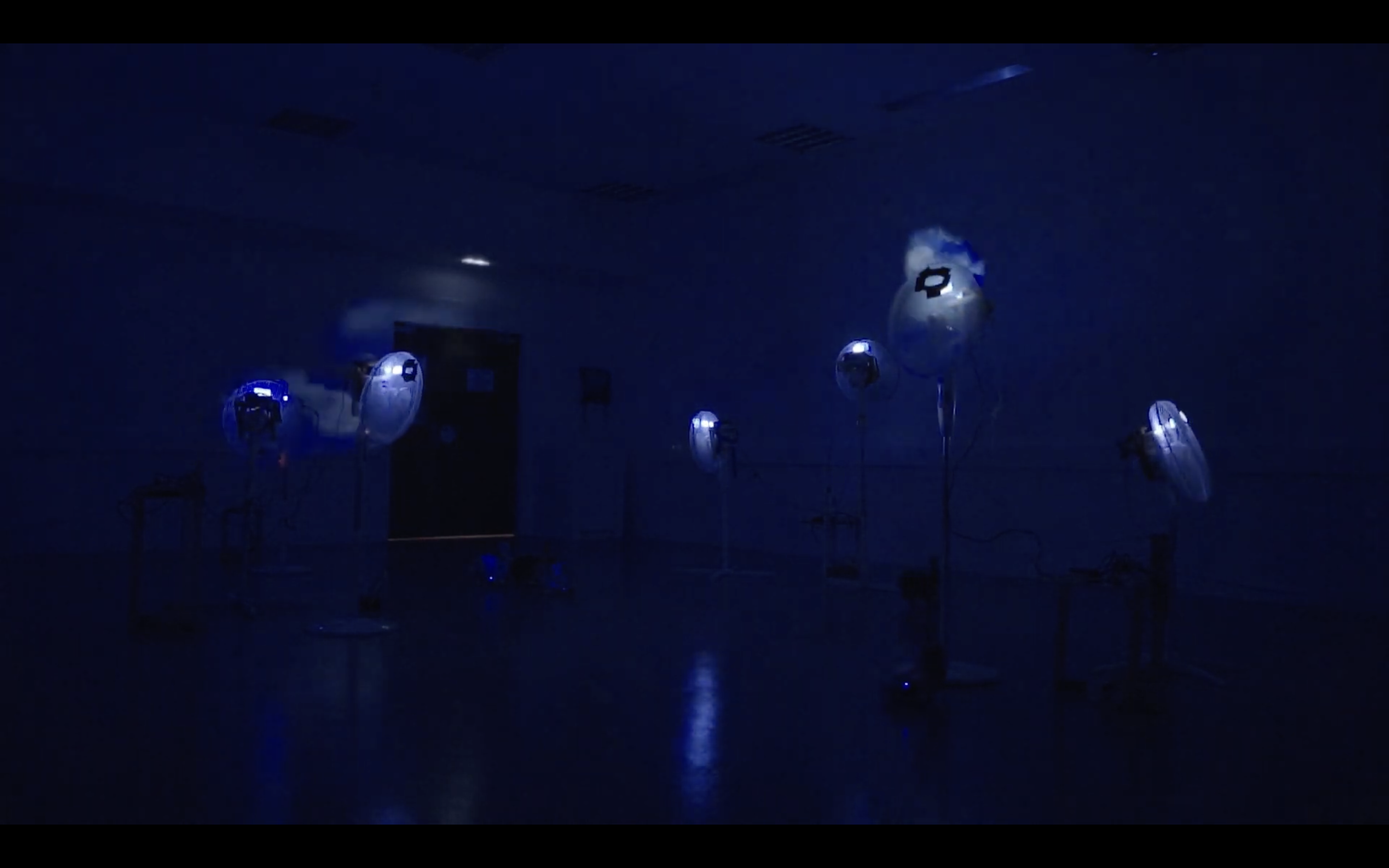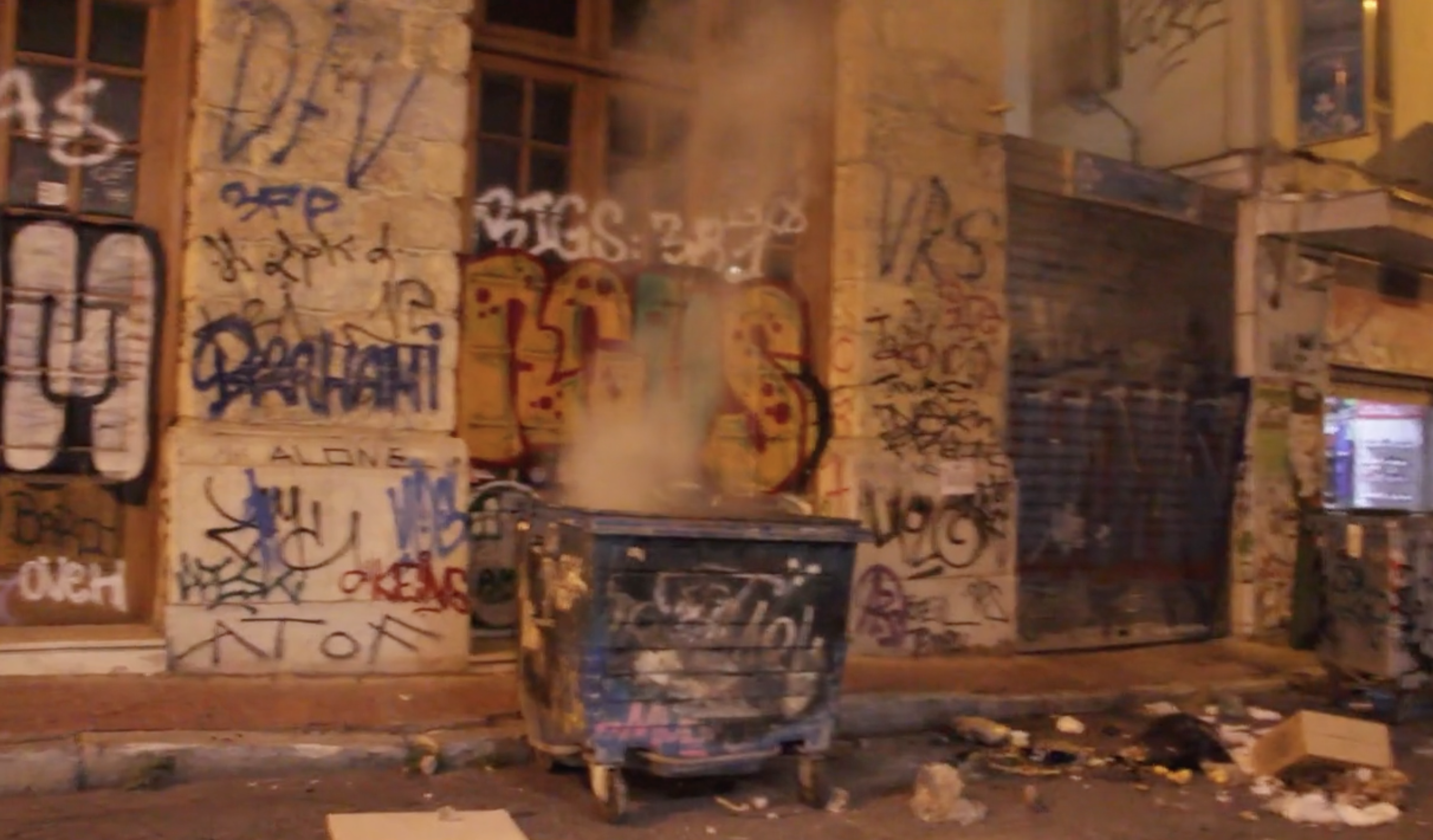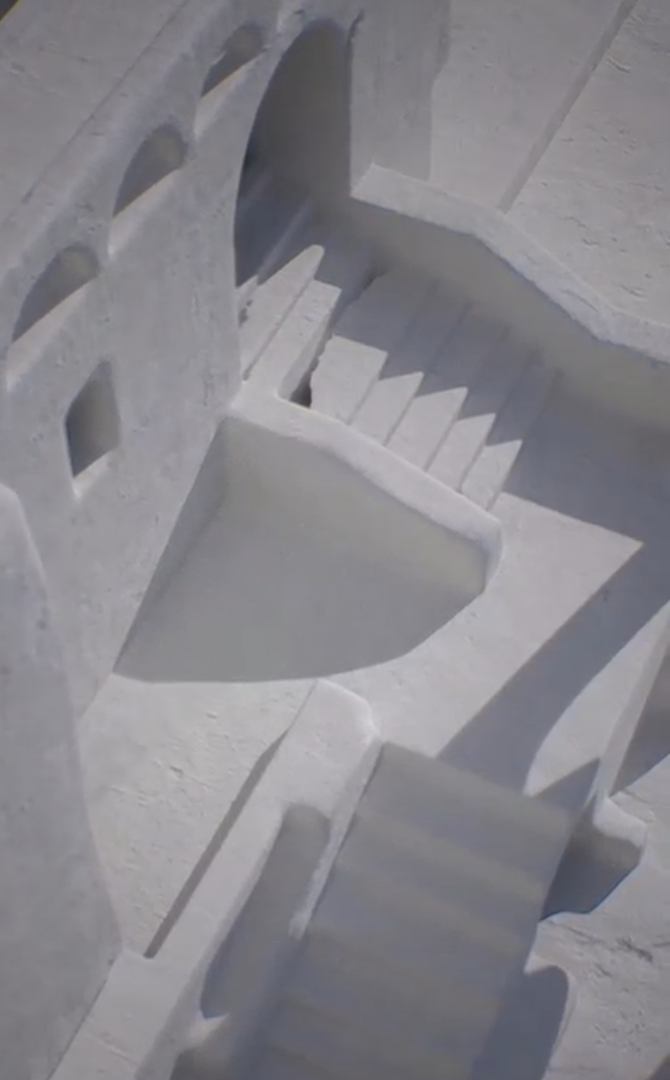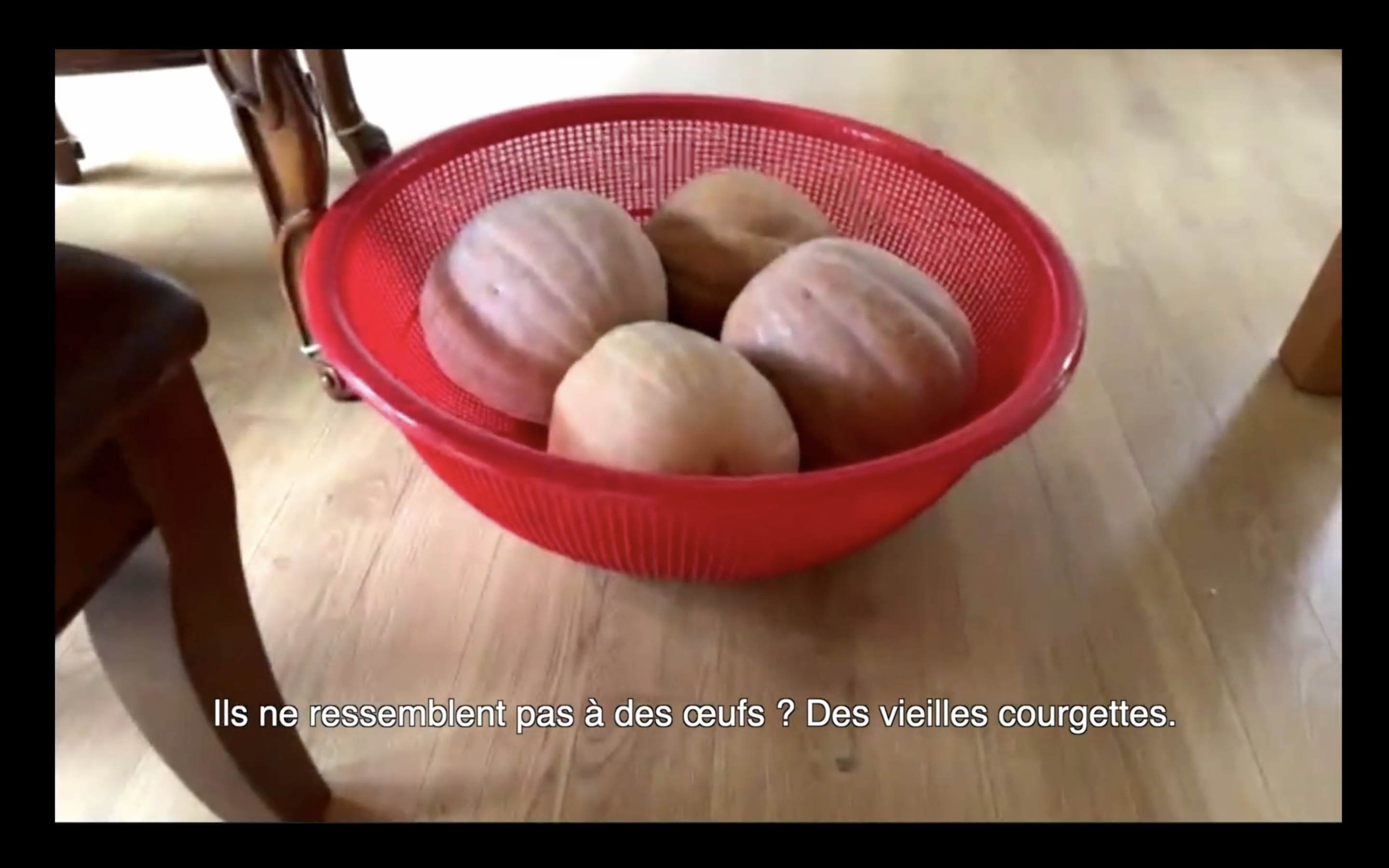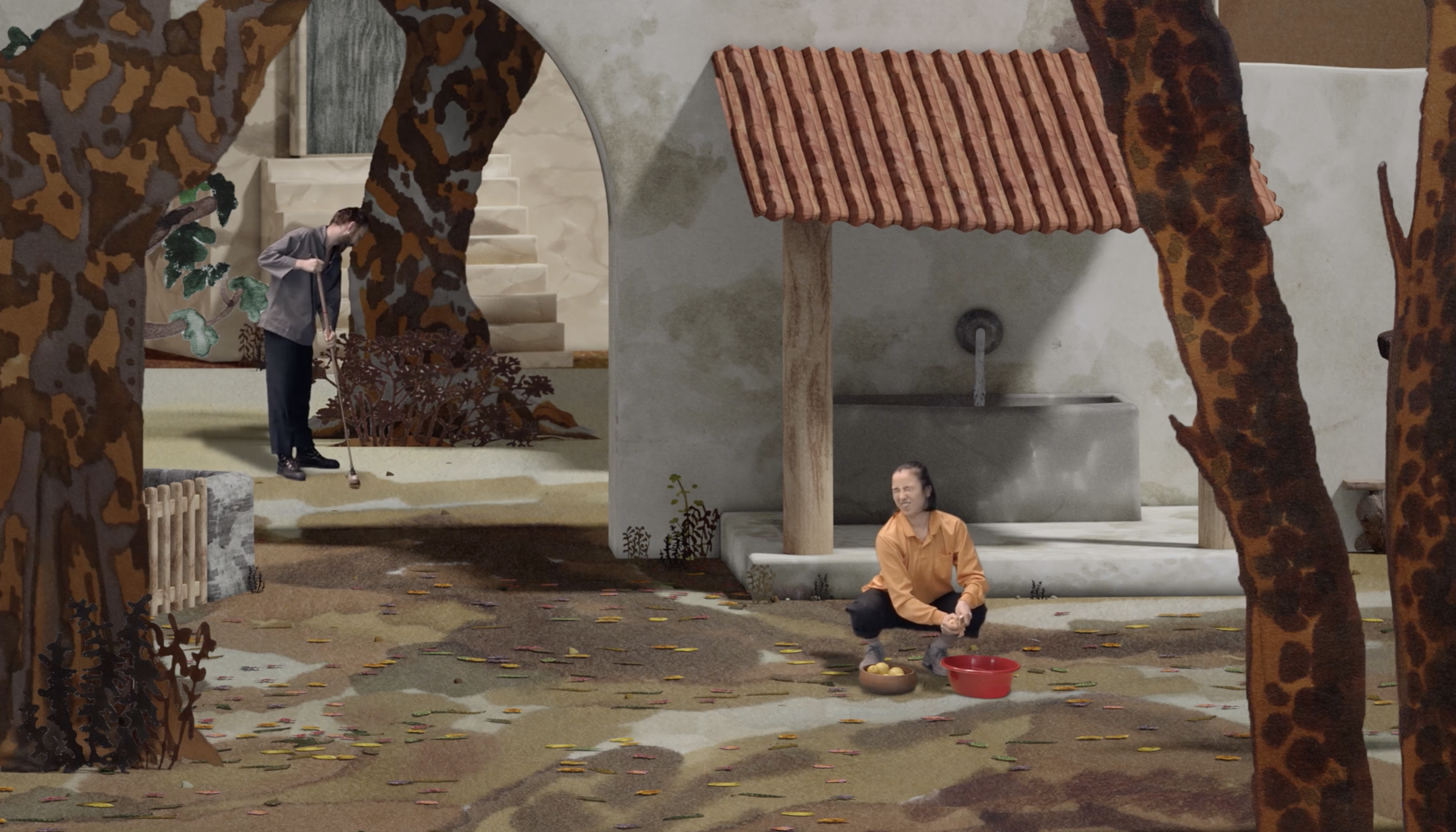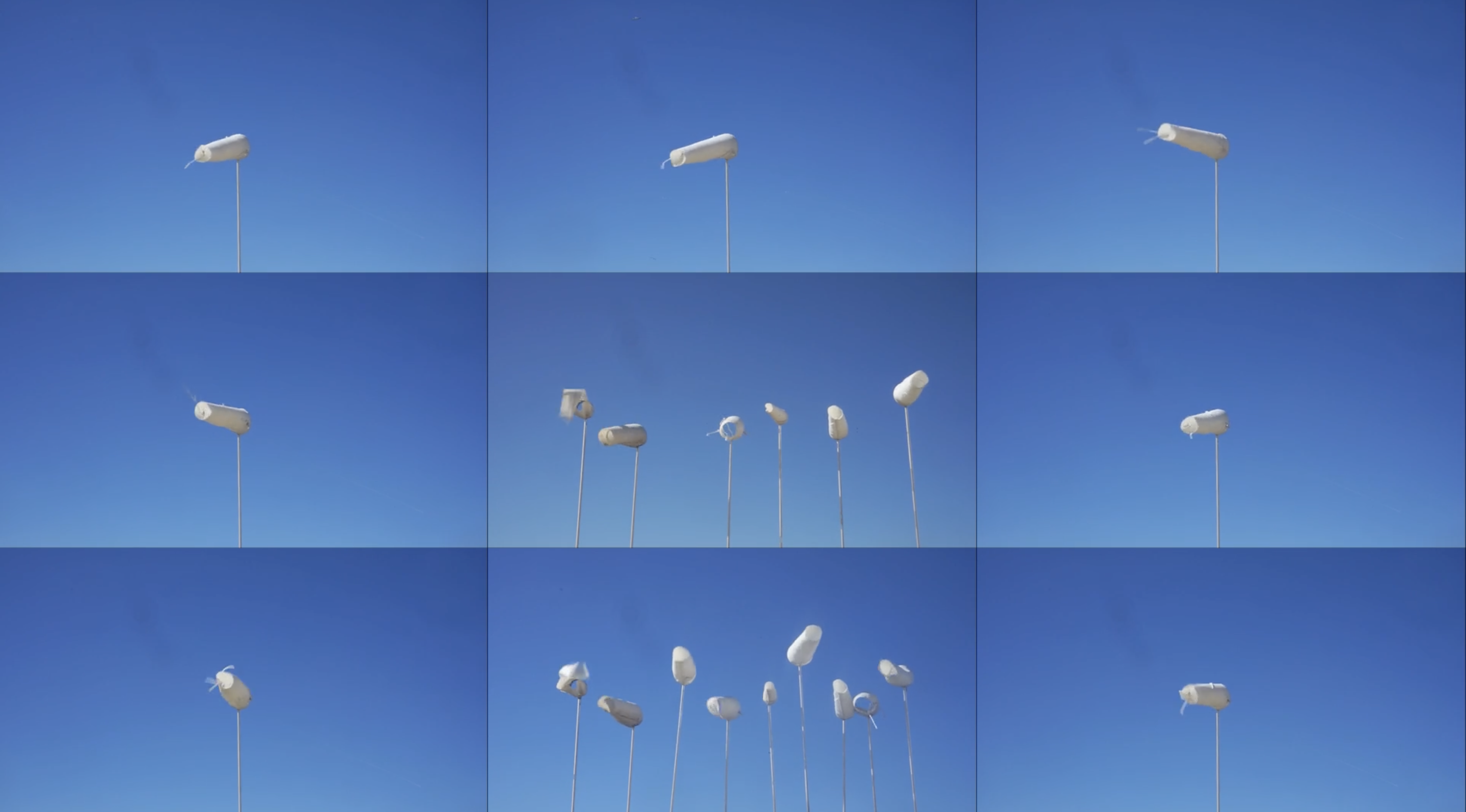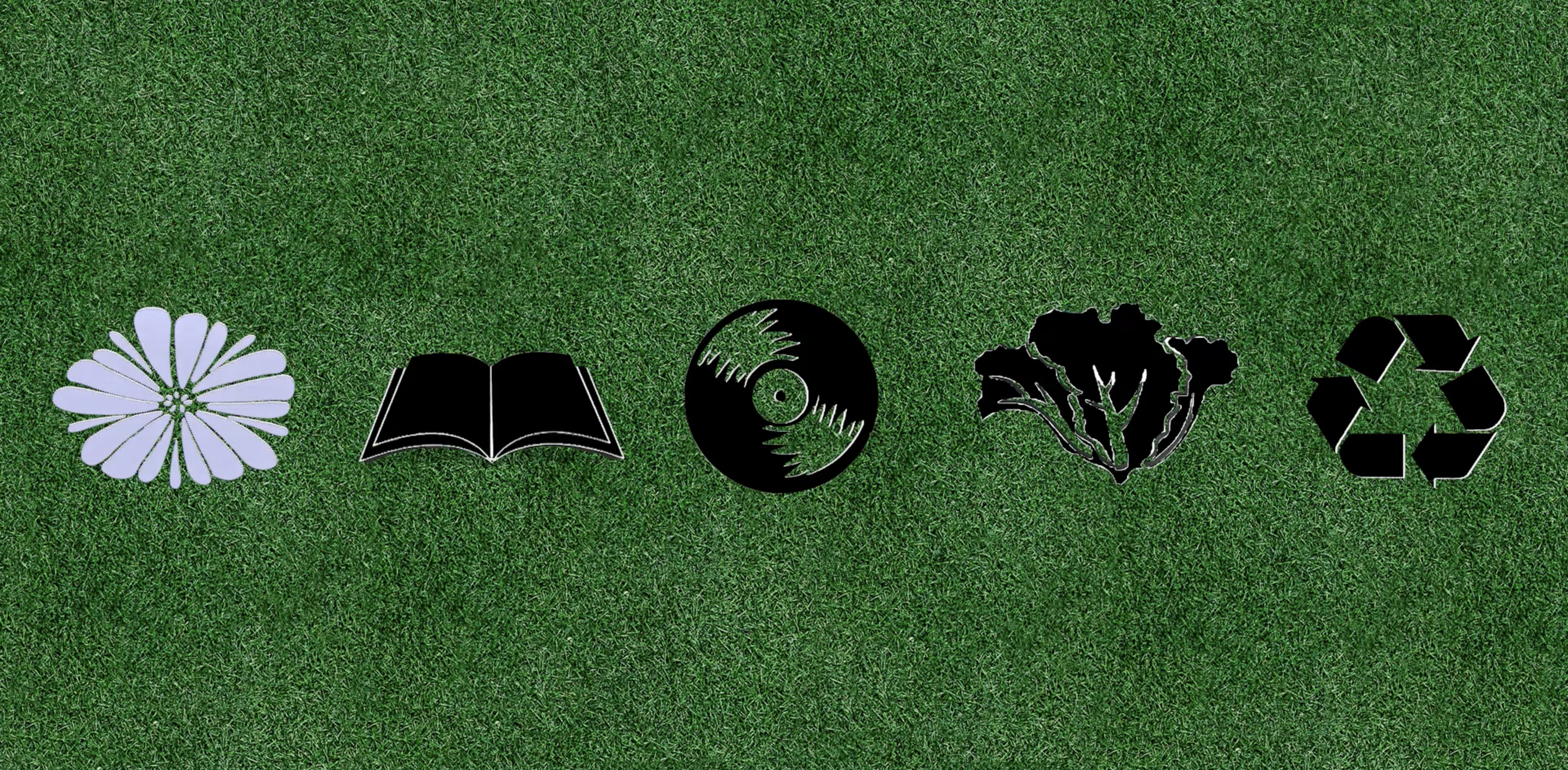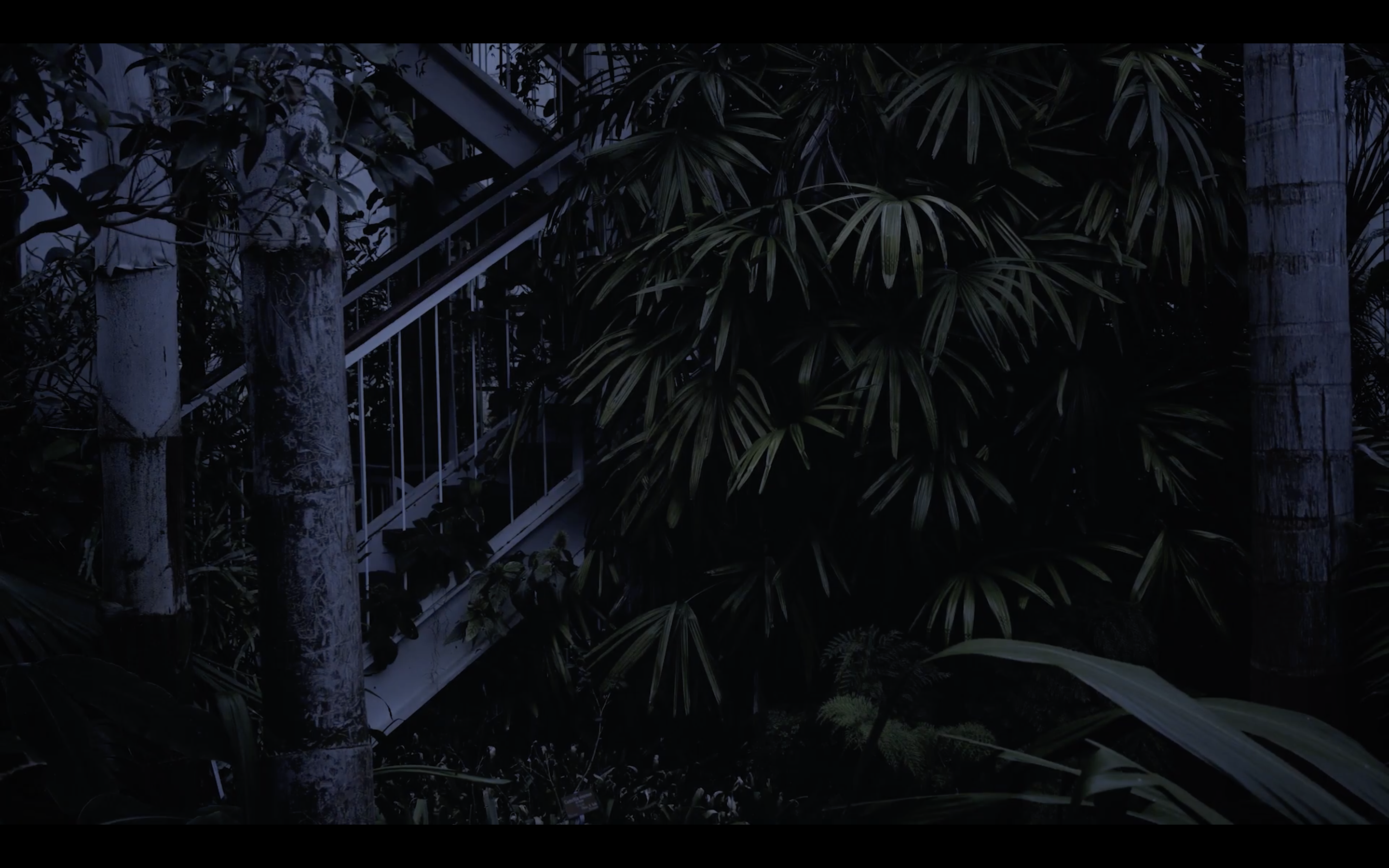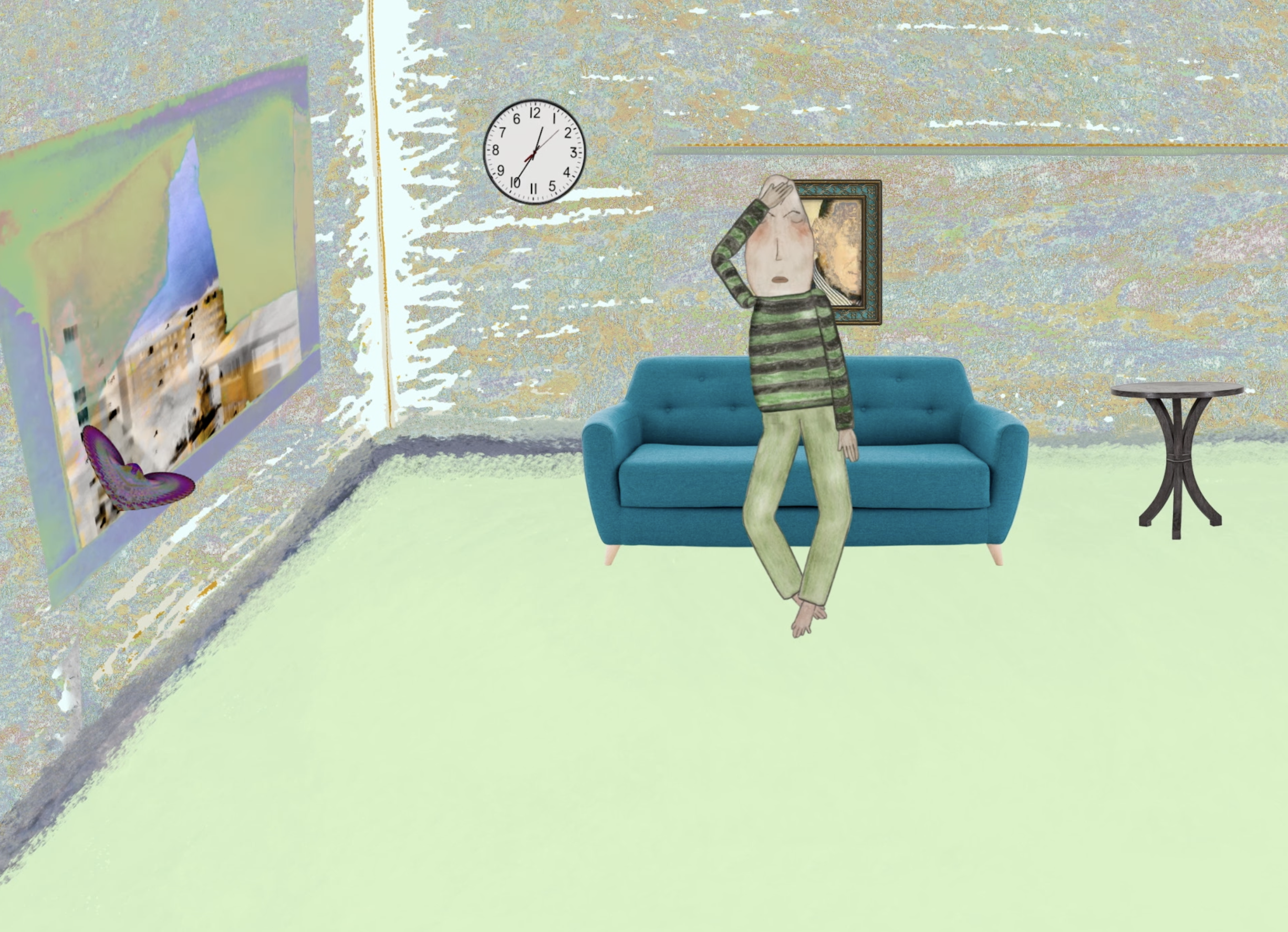Le Bon Marché in Paris, created in 1838, was born just a few years after the botanical greenhouses designed between 1834 and 1836. They replaced the old greenhouses erected on the same site, and marked the beginnings of French metal architecture. Large-scale structures made of glass and steel were used for the entertainment associated with what was then known as progress. This video takes its cue from an analysis of the two conditions of progress at the time, when two places meet one night, linked by their history and the way in which elements are placed in glass cases like collectors. These places develop in parallel, lulled by a slow sound, where the strangeness of the night feeds a dreamlike, timeless form. It’s the latency of these spaces of contemporary contemplation, these specialized spaces with defined functions and schedules, where in the short time of the video, we can see these empty spaces waiting. Plants, like objects sold in stores, are the first form of globalization, the first plant seeds to come from the other side of the world. Seeds were brought back by settlers, then, after plants, came objects. Their relationships are thus similar, both in their conservation structures, in these great steel and glass architectures, and in their historical sources linked to commodification for a form of entertainment, and thus economic.
Born in Geneva in 1990, Schnyder Sébastien initially trained in photography at the CEPV in Vevey, before going on to study ceramic design for four years at the School of Applied Arts in Geneva. He then continued his studies in visual art, graduating from the Villa Arson art school in Nice in 2023. His work has been exhibited in various venues, including the Kunst(Zeug)Haus Rapperswil-Jona (2017), the 11th Prix de la jeune création de Saint-Remy( 2021), the EAC les Halles, the KunstMuseum de Thun (2021), the Musée d’Art et d’Histoire de Neuchâtel and the Centre d’Art Contemporain de Genève (2022).
